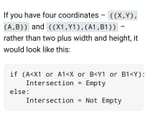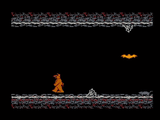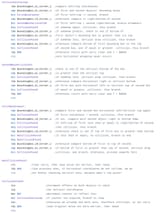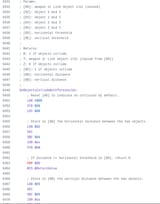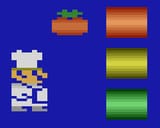Anonymous
7/13/2025, 3:43:35 AM
No.11864802
[Report]
>>11864804
>>11864825
>>11864954
>>11865020
>>11865186
>>11865301
>>11865467
>>11866323
>>11866915
How did nes and old PC games handle collisions and keeping objects outside of each other's hit box?
Nowadays they just use boilerplate physics engines
Nowadays they just use boilerplate physics engines

